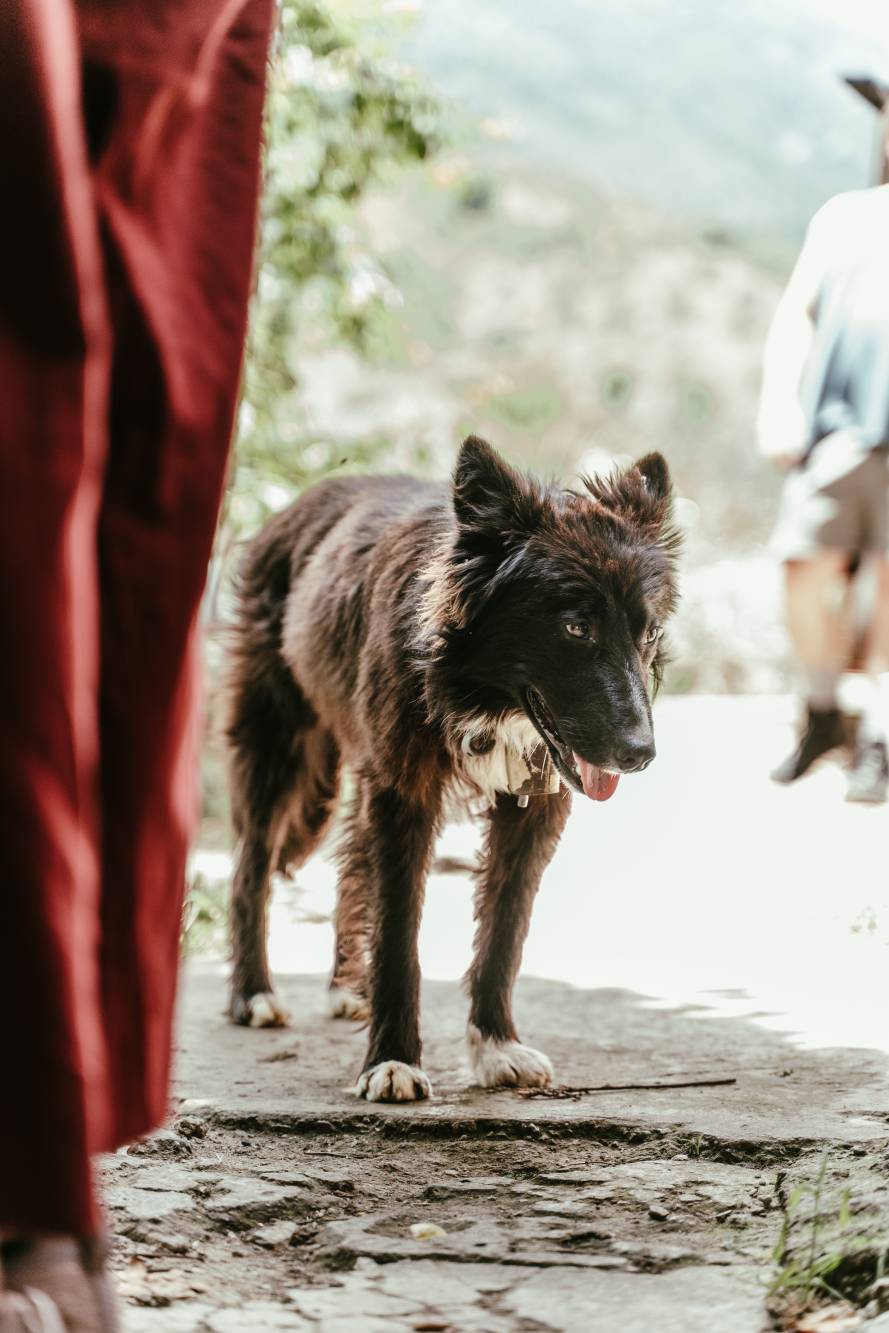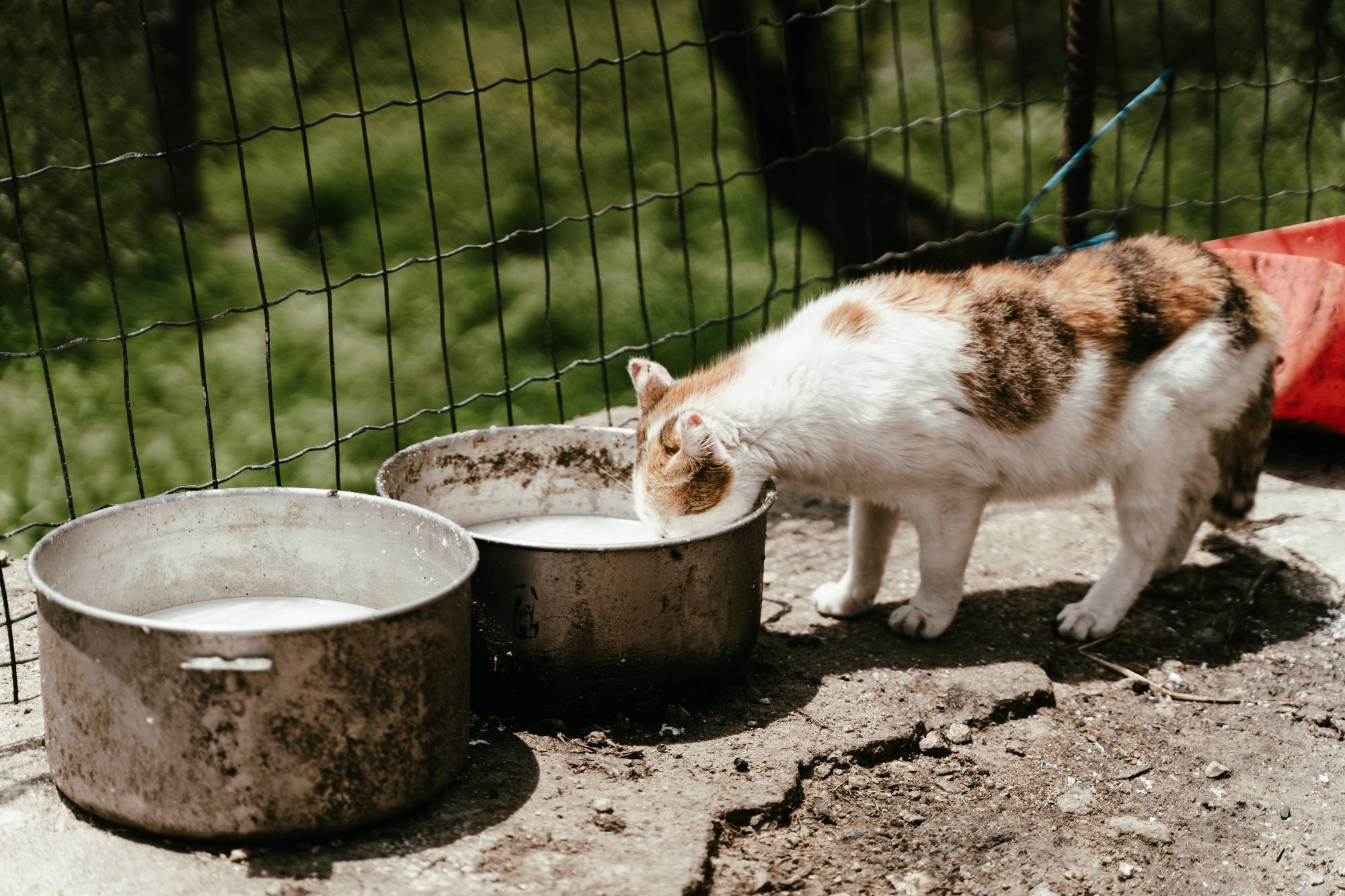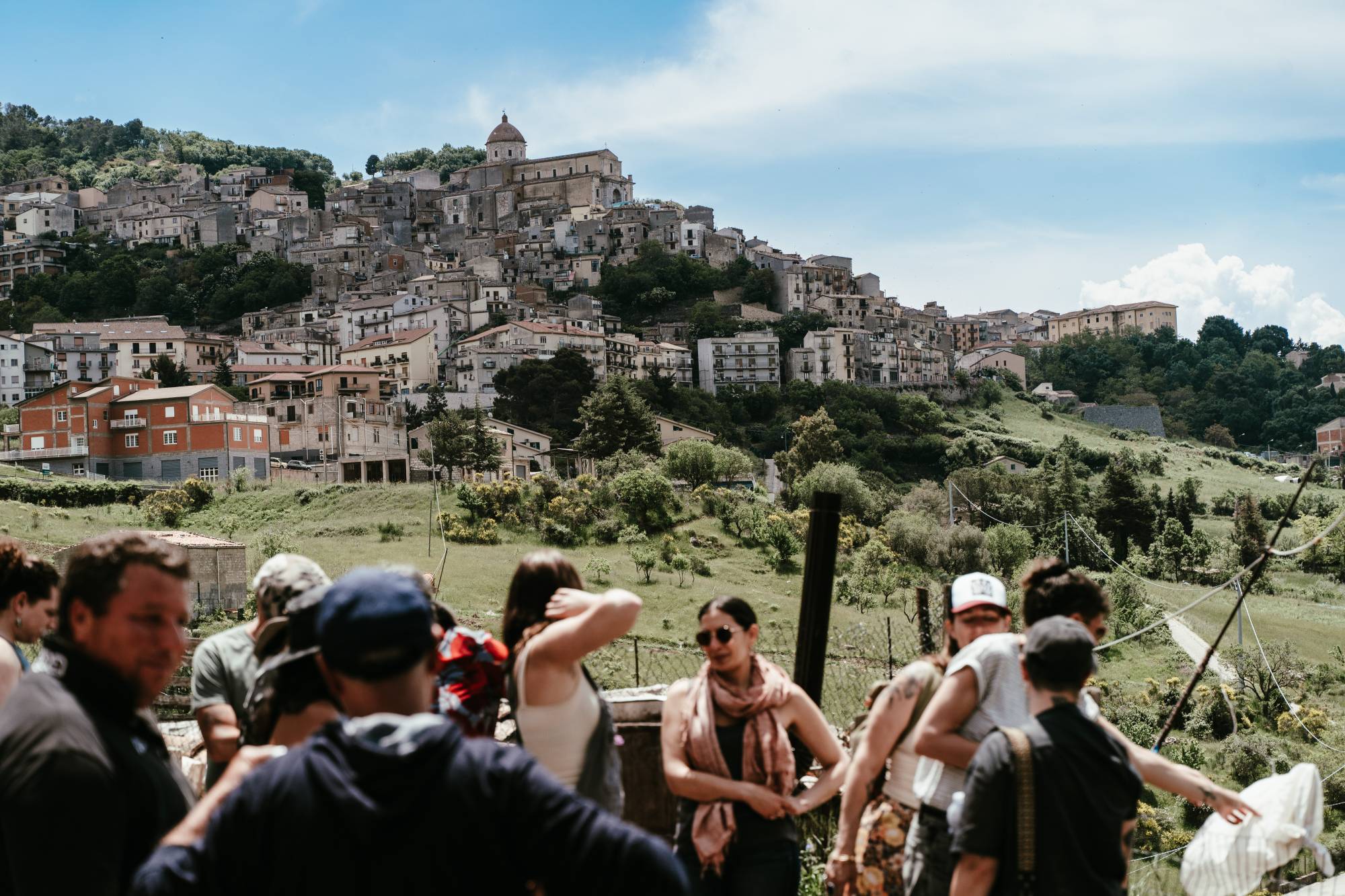Cheesemaking, Pastoralism and Capra Girgentana
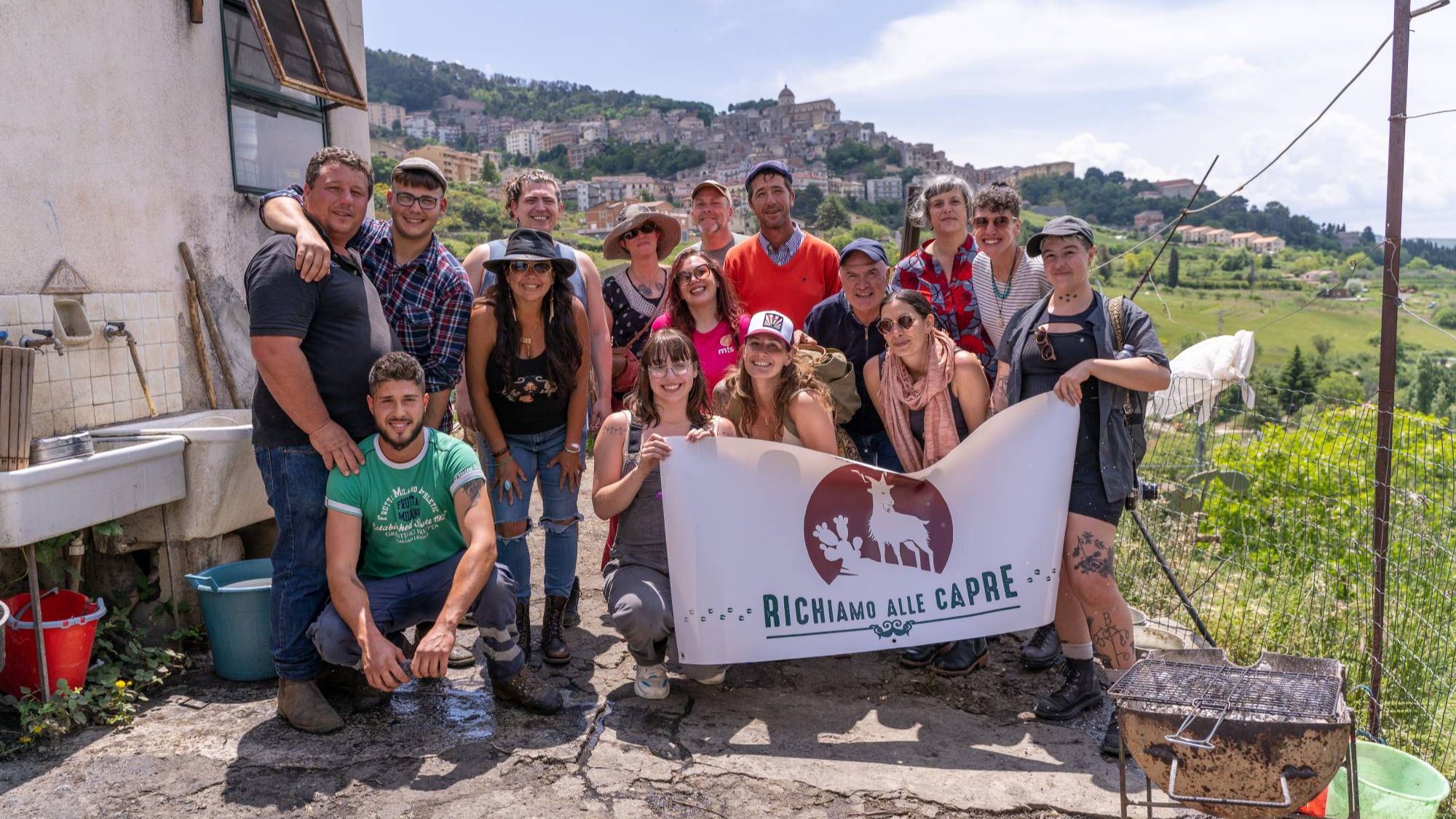
Pastoralist life has always pulled me, so much that a few years ago I got a pastoral dog — in hopes that one day I’d be able to have some land to keep goats or sheep on. It hasn’t happened yet — but I remain hopeful.
There is something about the simplicity of the work, and work isn’t quite the right term, though hard work is entailed, it’s a vocation, a calling, something that is passed on. It’s moving with the seasons and with the animals, it’s more than just work.
It’s getting to know the land by foot. Knowing the plants. Knowing the valleys and the peaks.
It’s knowing you are someone who can provide nourishment for your community. It’s not individualistic at all. It’s a constant relationship between pastore and the hunger and needs of a community, of the hunger and needs of the animals, of making sure the cycle is always in motion.
It’s knowing that this way of being, that this path is ancient. That it vibrates in the cells of those who answer the call, or who are continuing on a family legacy. It lives in our blood. It is a thriving and beautiful way to survive. Not one of aggression, not one of scarcity, but one of learning abundance and regeneration and being in contact with all the beings - tending to what is - be it animal, human, plant, spirit, that surround the land.

Pastoralists have helped to keep land vibrant and alive, fertile, sustainable, for as long as there has been history known. There is evidence of Pastoralism from Neolithic times, particularly in the Madonie Mountains of Sicily, this very spot where we walked and sat with a shepherd during the 2023 Radici immersions.
The ancestral art of being a pastoralist is a deep time inheritance — a passing on of walking land, being with seasons, being nomadic, of not owning or being attached to one place, but feeling at home in many places. It is a skill of listening to where you must go next. It is a lineage of movement while being rooted and grounded in the rhythm of the animals, the land, and the path of the herd.
There is a trust and communication that is involved in this transhumance way of being.
Within the cycles of those who herd, there are always changes — of season, soil, plants, landscape, terrain… change of the needs of the goats (or whatever animal is being shepherded). Nothing stays the same, and yet there is a way of being that seems as old as time. Change seems to be constant, but the result is always consistent: fertile and naturally tended to land, rich milk, delicious cheese.
There is also a deep sense of community protection in this vocation — herding animals meant nourishment for communities — milk and cheese were staples for peasants, along with their other staple, bread. The goats and sheep often moved throughout the wheat fields - which ensured flour/bread, and left droppings after grazing once the wheat was harvested. This grazing and droppings ensured that the next crop of wheat would be abundant and healthy, because the land was cleared and made fertile. This cycle was crucial, and it had to be deeply protective and protected because it was the bread and milk of our people.
This process is in our DNA as essential — without it, our ancestors would be without their main food sources. I believe it to be the foundation of who we are — to be at home with feet on the earth, calling in the milk to feed the children.
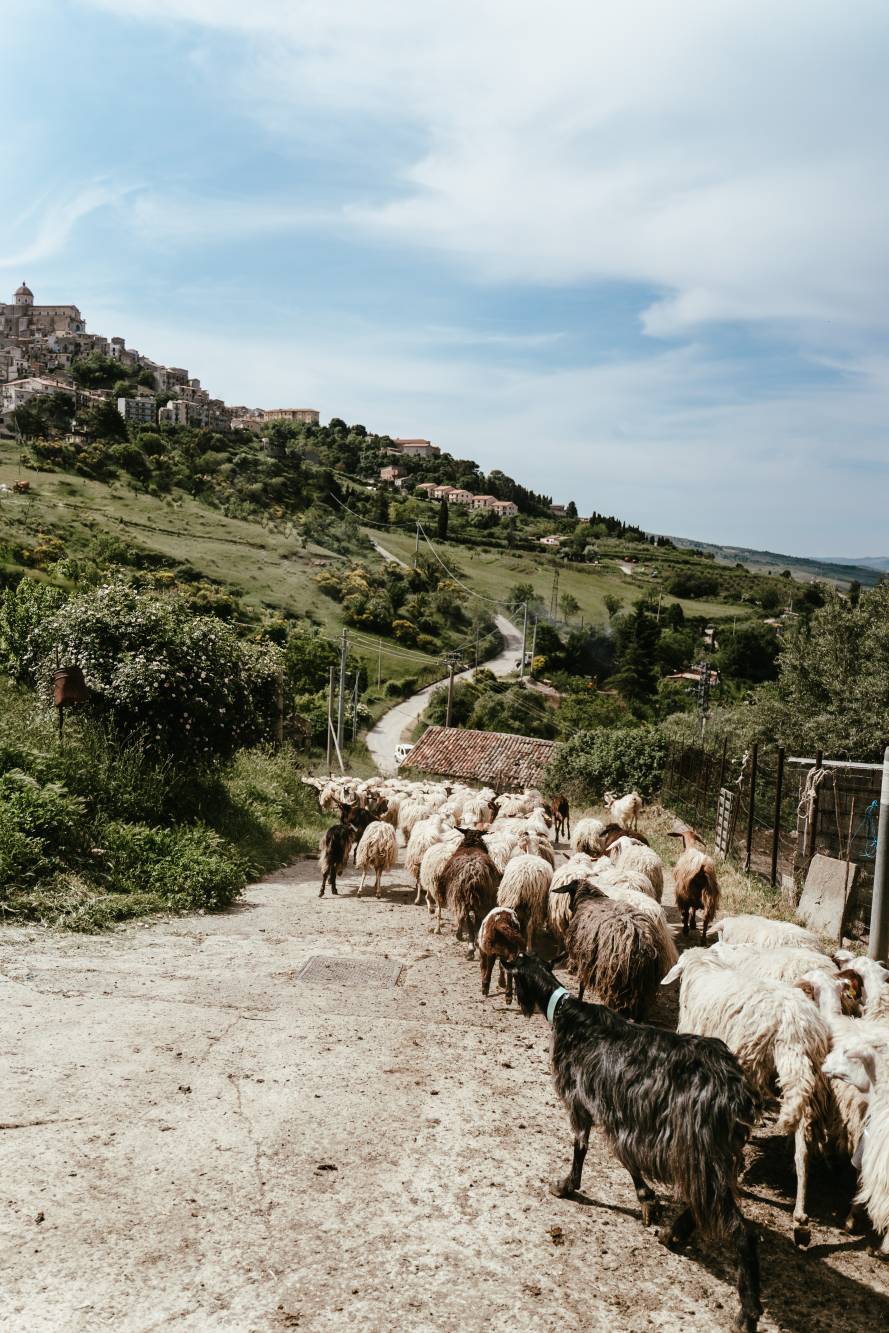
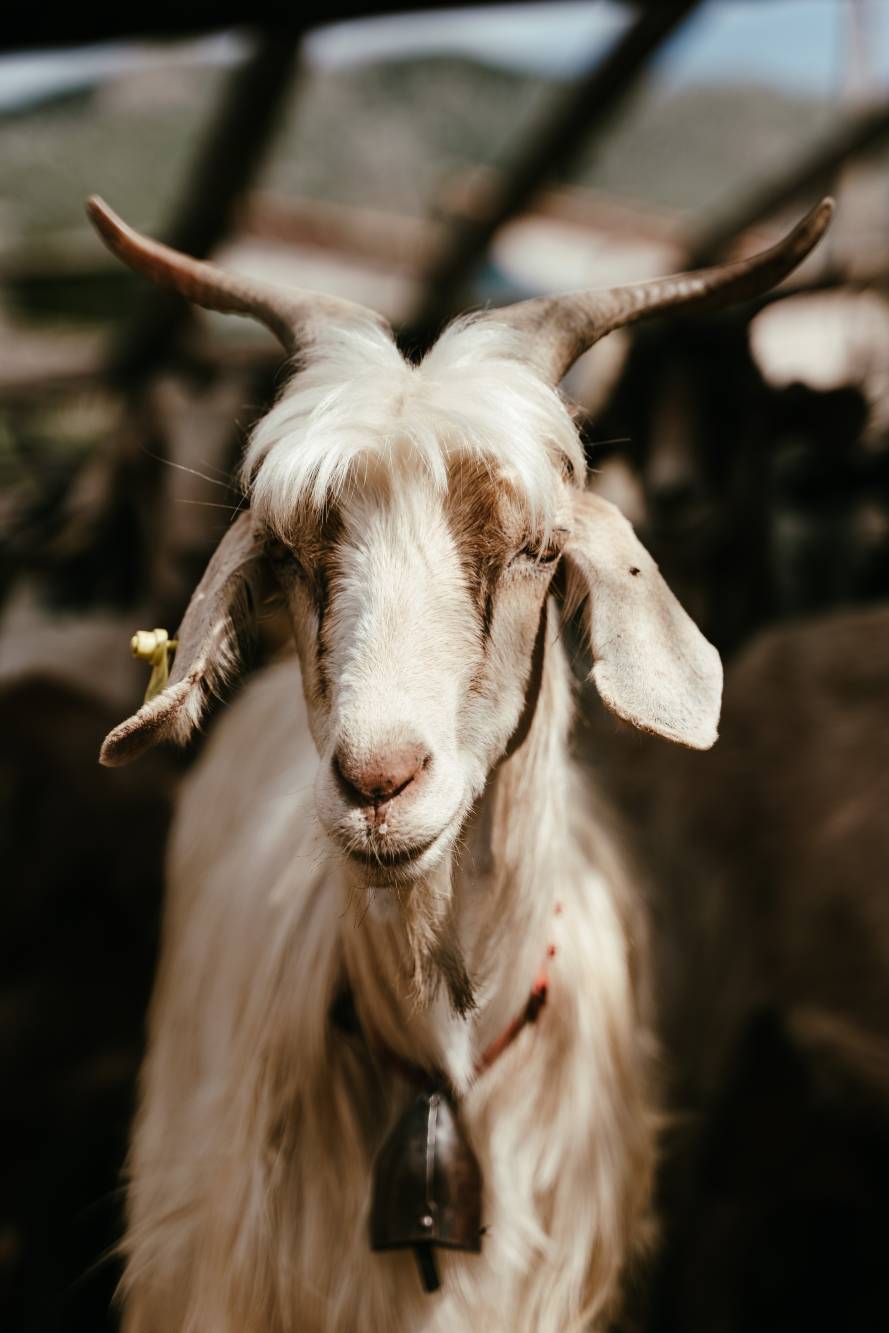
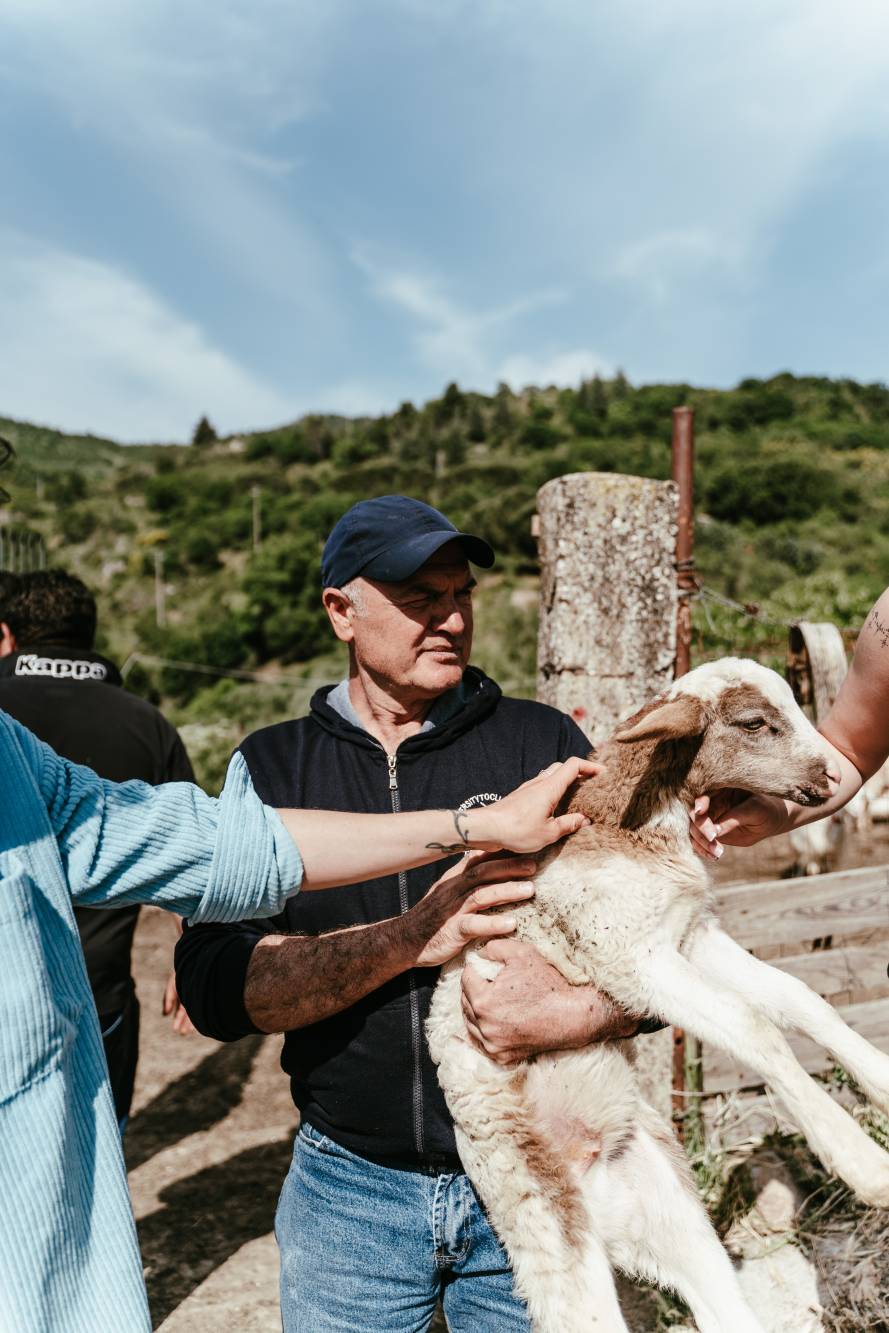
The practice of transhumant pastoralism, the movement of livestock with the seasons — has been in decline in Sicily, and all over Europe for some time. With the common use of factory farms, mass production, and synthetic fertilizers, this slow food profession is at risk of extinction. We have all gotten so used to cheap, easy, and fast food— and this is not a fault of our own. We have been forced to normalize animals not grazing for milk, and because of intense economic pressure and poverty, have no choice but to accept milk and cheese that are manufactured in large factories, where animals are kept confined, where there is no use for the shepherd. We have been programmed to forget that shepherding is not only healthier for our individual bodies, but for the collective body as well.
Transhumance is often defined as “life on the margins,” or as I like to say, the living in the “in between”. Pastoralism is, in many ways, liminal. It is movement between spaces — from public lands, to private lands, walking and owning the edge of fences, property lines, rivers, craggy, rocky mountain ranges. They are always in between environments, at the edge of seasons, between rural and city, mountains and sea. On the edge of being relevant and being a thing of the past. It is liminal because it lives on this line of risk in this transitioning world.
On our recent Radici immersions in Sicily we hung out with one particular pastore whose speciality is a variety of cheeses from the capra girgentana. On both our Botanico Sacro and Ancestral Arts Immersion this year we spent time with Nino Spera, proprietor of the small, artisanal cheese company, Richiamo alle Capre, located in the Madonie Mountains in the heart of Sicily.
What is Capra Girgentana Cheese?
It’s cheese made from the milk of a very specific Sicilian goat– the Girgentana. These goats have long spiral horns and long hair. They are considered a rare breed of goat so their milk is quite valuable. Within the milk there is an equal amount of fat and protein, which makes this milk entirely unique among goats. These goats originate from Agrigento, Sicily, and their name is derived from the old Sicilian name for the city of Agrigento which was Girgenti. The goat’s long, spiraling horns, reaching up to 70 centimeters on the males, make it impossible not to identify them — you cannot miss them in a crowd of goats. Their spiralic horns, another ancient Sicilian symbol of protection magic imprinted on artifacts, will make you stare in awe at their unique beauty. Their origins, according to some, but not entirely verified, can be traced back to the goats of Tibet. The breed was most likely brought to Sicily by the Arabs, who were earlier invaders/colonizers of the island in 827. But some say they came earlier with the Greeks. Regardless, from Mazara, they spread around the island, the shepherds or pastori, moved them around the island with their animals, and the goats became established, and considered now to be native to the southwest of Sicily.
At one point, not long ago, probably when some of our grandparents were being born on this island, or somewhere on their motherlands, Capra Girgentana numbered over 30,000 all over the island. This was most likely the milk and cheese our grandparents were nourished with, the milk that solidified the bones of our parents, and essentially our bones.
Now there are less than 1000 throughout the island. There is a momentum to replenish the population, because of their rarity and also the quality of their cheeses — which are sought after by cheese lovers and gourmet foodies everywhere.
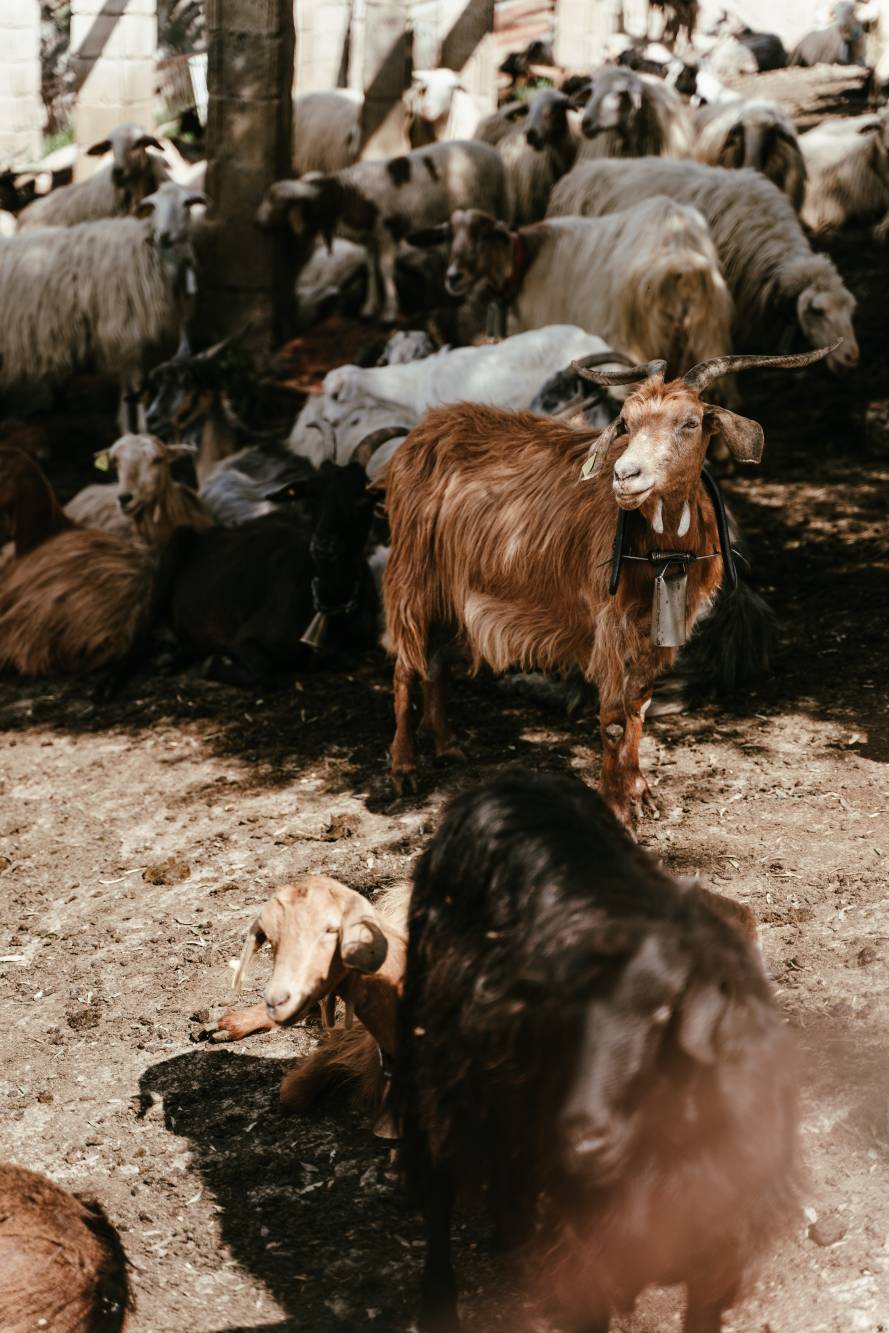
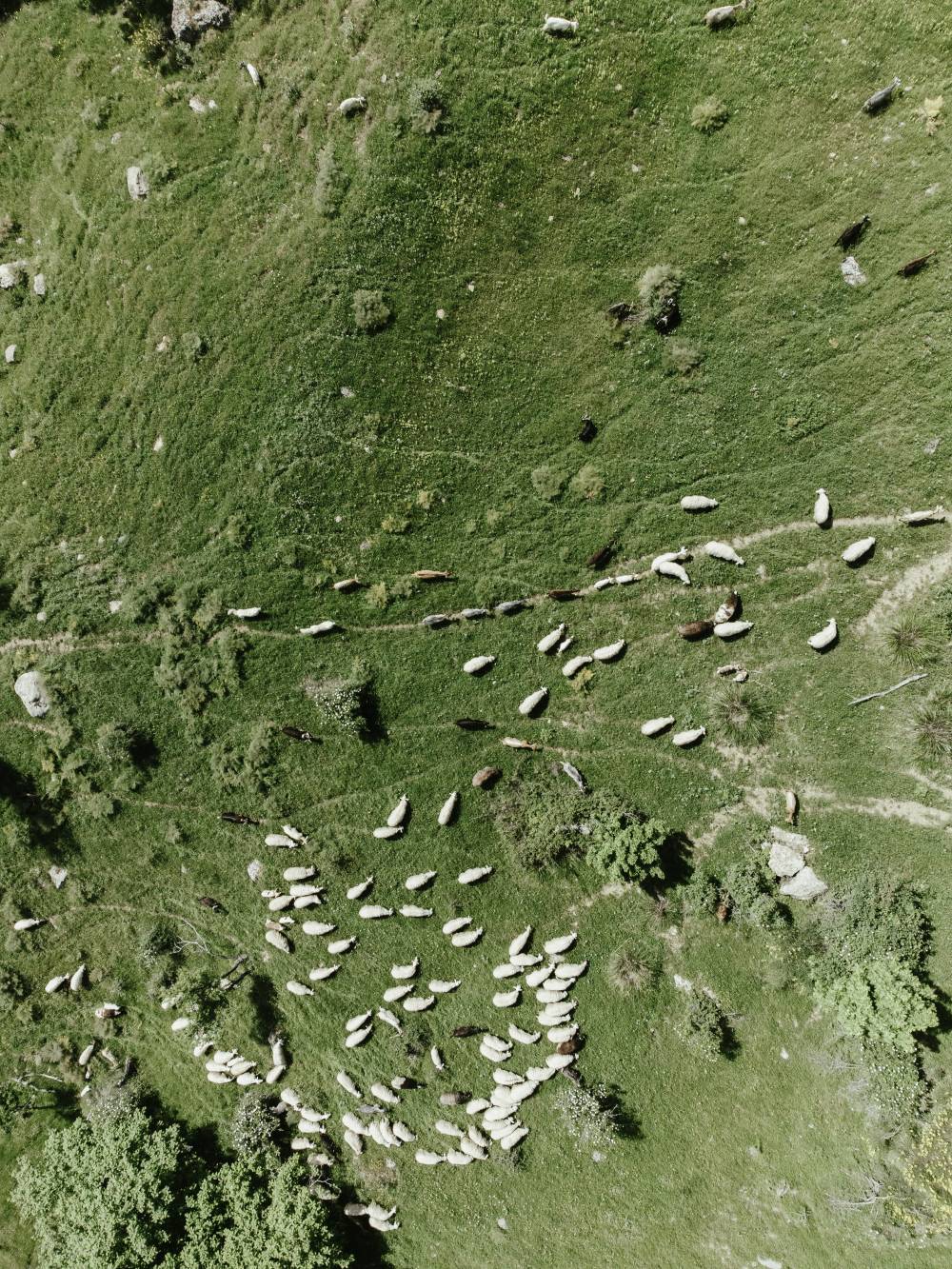
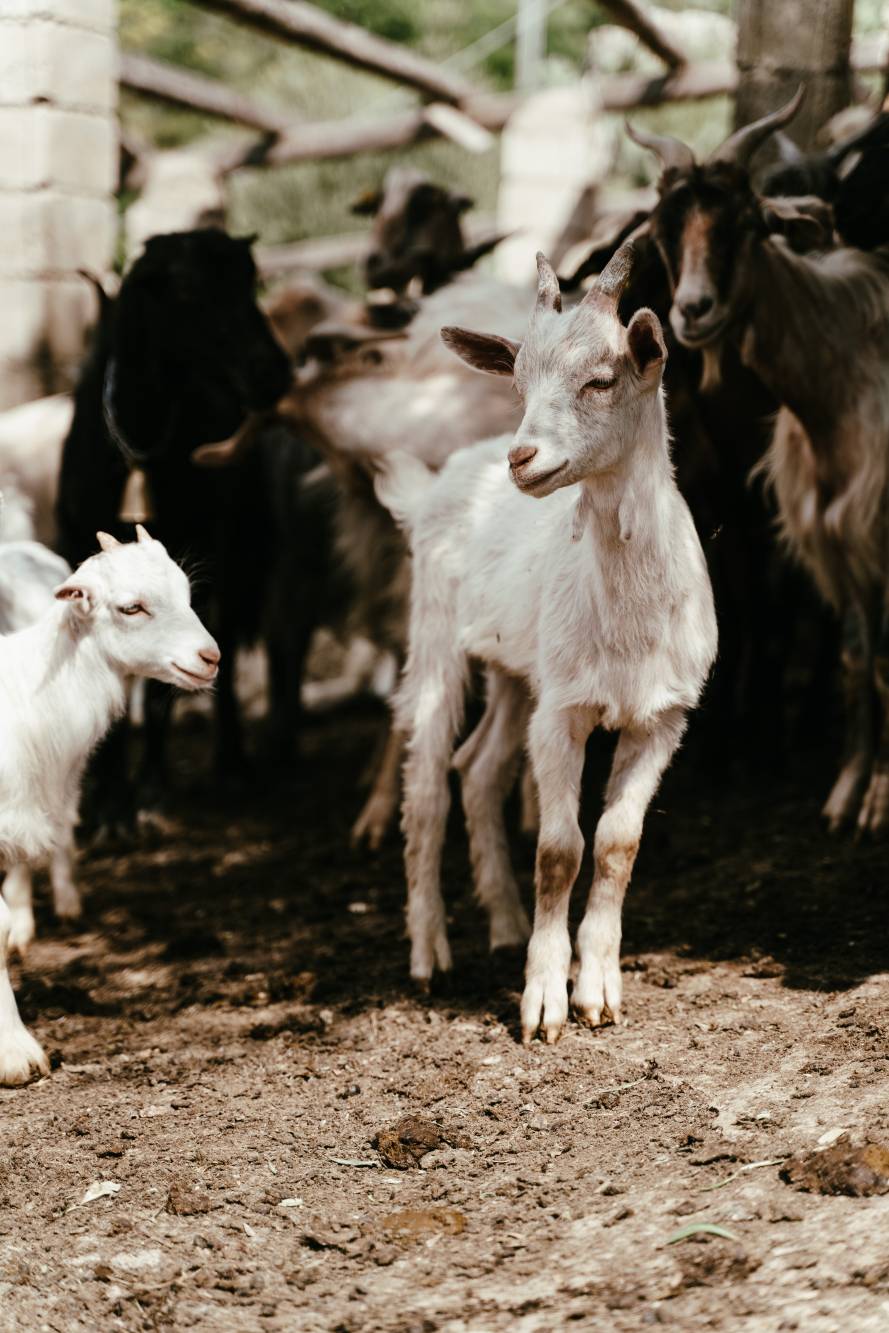
During Radici’s Botanico Sacro, we were invited to “walk the path” with the shepherd — we walked the road where the goats were moving parallel to — from one location to another. Their pastore - Nino- was guiding them, but they were also herded by a few cute sheepdog and along the perimeter, on the outside edge, were a handful of Marramemma dogs — who act as the protectors of the herd, and sense everything that is happening everywhere.
The most amazing thing was to witness the connection between Nino and the goats, the goats and the dogs, and the protector dogs connection with what was going on outside of the herding lines. And all the while listening to Nino’s sounding, the non-languages sounds, as old as the hills we were climbing, the jingling of bells, the barking of dogs, all seemed to be singing the same song together.
At Radici we connect with pastori and cheese makers because we believe it’s an important ancestral art to be present with — to witness, to re-member in our bodies. To walk the land, sense into the rhythm of the cheesemaking, and savor the flavors of the cheese- busting with the layers of toast from grass, flowers, soil, sun, rain, and the salty yet mountainous air. Artisanal cheesemaking and pastoralism — those who are still devoted need to be seen, visited, supported and learned from. We need to make sure they are able to continue this way of life. When we visit, it’s just for us to learn how to be a shepherd or make cheese, — which is impossible to do in a day regardless. It’s also to show our care, our interest, our support, our gratitude. We learn more about reciprocal life than cheesemaking. There are so many deeper lessons and beauty to witness hanging out on a hillside with a shepherd and his herd — ancient ways of being that should be held, kept, revered and protected.
Thanks to people like Nino who said to me regarding this work (and I quote) “I am doing this work for the beauty of it, not for the money.”
I remember learning from folk musician, Giorgio Maltese, that the essence of Sicilian music was really about the communion between the shepherd and nature: the animals, the environment, the spirits of the land. Pastoralism and rhythm go hand and hand, as well as animism and pastoralism— you have to be in reciprocal relationship with all that is to walk a path with a herd of animals meant to fertilize the land and create nourishment in the movement.

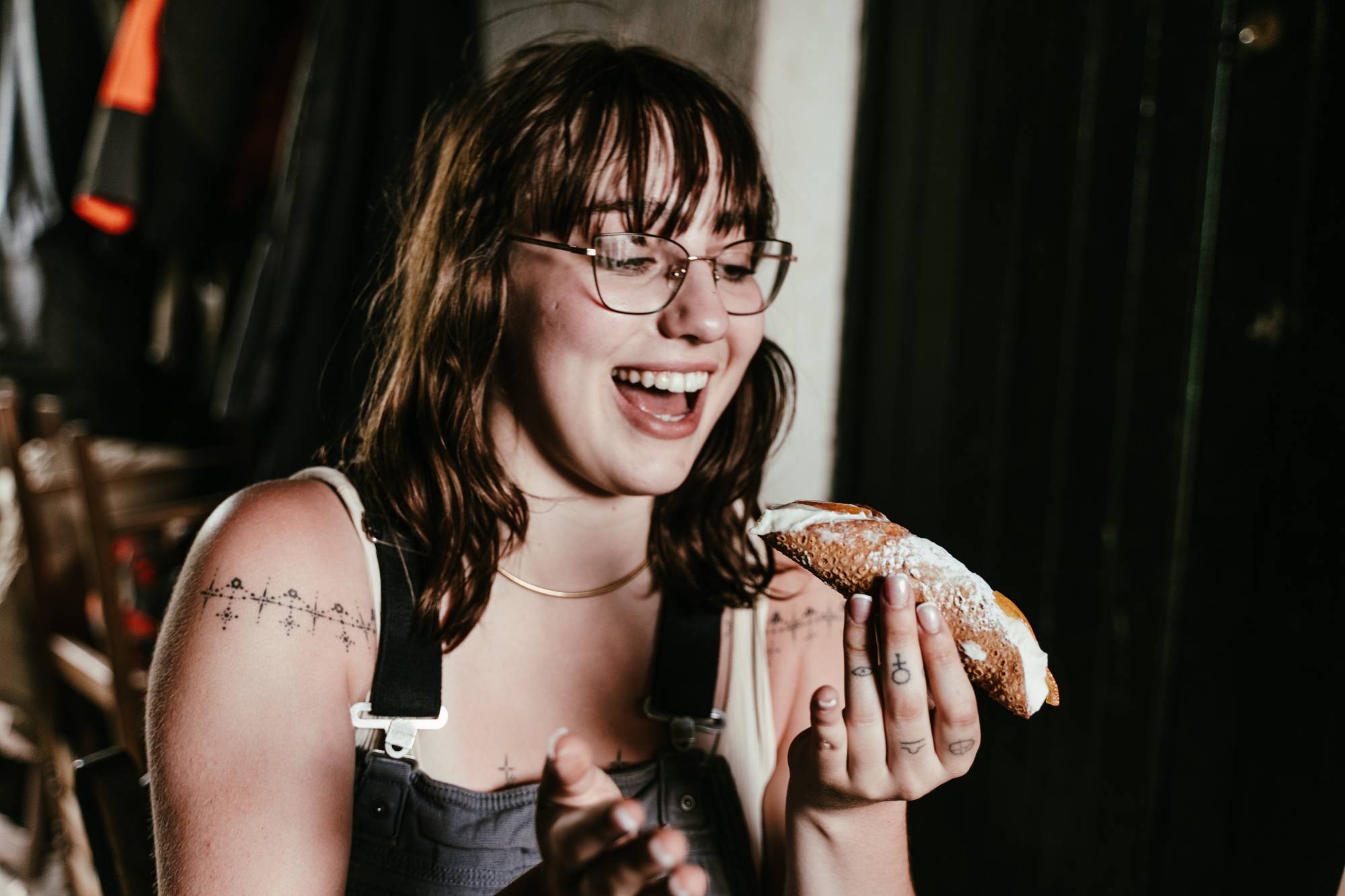
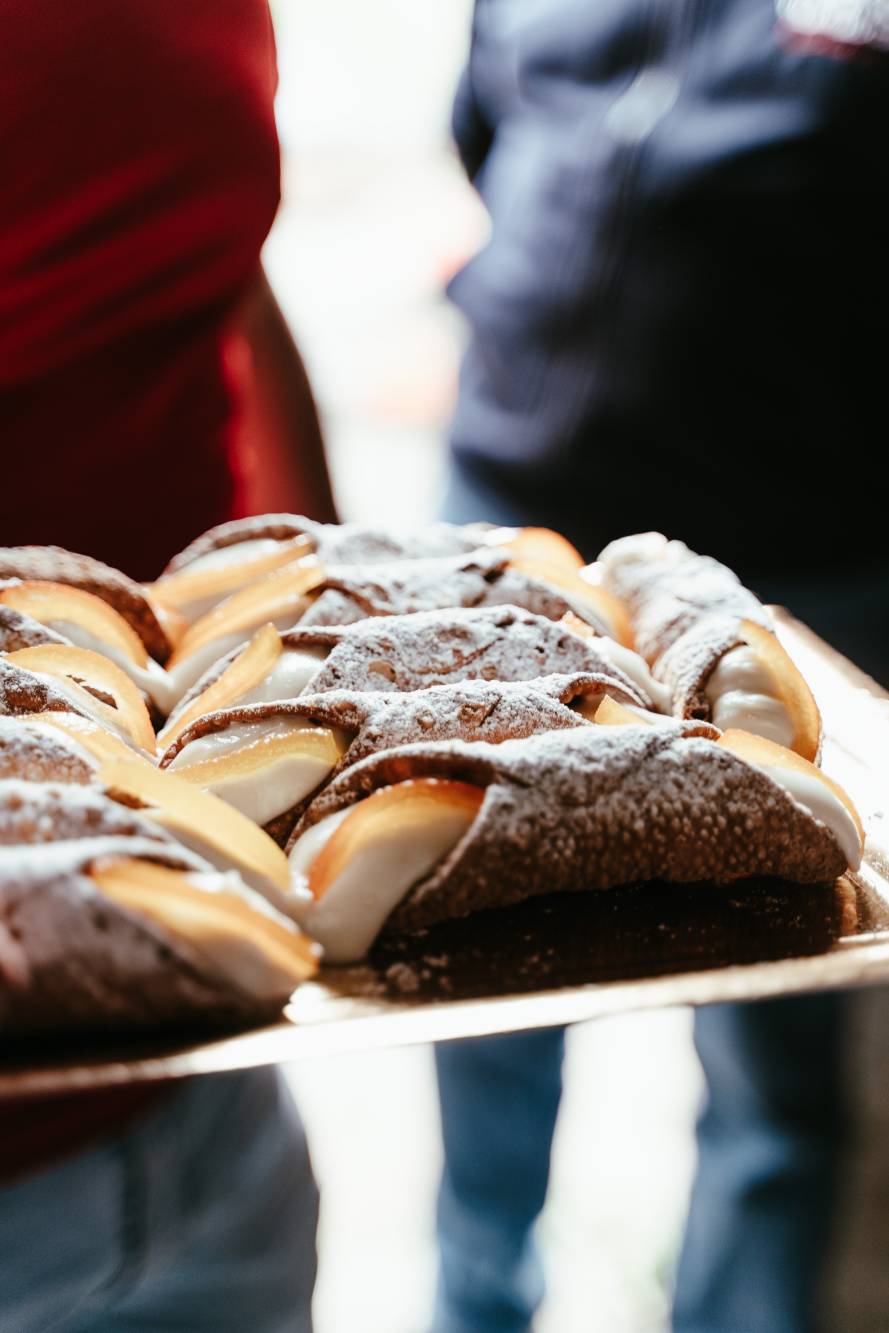
One of Nino’s spots to tend to the goats and let them out to pasture, is in the Madonie Mountains, just below the Sanctuary for La Madonna dell’Alto. From this area you look across the narrow valley and see the small village of Petralia Sottana, and are surrounded by medicinal plants and herbs — all of what the goats eat. Consider what a cheese tastes like when the milk is made from wild clover, wild fennel, mallow flowers, wild artichoke, rose, hawthorn, ginestra — the flavor and the medicinal qualities. It’s utterly delicious - not even possible to language it — and how cheese should be made: slowly, grazing against mountain sides, animals well loved and cared for, and the desire to make the freshest and best cheese possible.
After we all walked the herding path, and took a turn at milking the goats and watching the most primitive way to make ricotta: over an open fire with a wooden stick, we ate raw cheese, fresh from the hands of the cheesemaker. And of course, cannoli stuffed with cheese made from this land.
An Interview with Nino Spera

I had the opportunity to talk with Nino Spera for a quick second and ask him some questions to jot down answers. He’s a delightful, passionate person — he isn’t the first pastore that we have visited and worked with and they all have a similar quality about them. Salty. Real. Present. In love with their animals and the land they roam. They know the land, and behave in such a way. They are connected with their animals in such a way that makes it apparent in their eyes that this vocation is as old as we are, as old as humans are. You can sense in their mannerisms they are living an ancient way of being and one that I personally believe is in so many of our epigenetic experiences — the kind of thing that follows us from generation to generation, and teaches still— even as far removed as we are from it.
Talking with Nino gives me hope that this vocation is re-birthing, that people are still doing it for the beauty, for the flavor, for the regenerative effect it has on the soil… and our souls.
Radici: Why are you a pastoralist?
Nino Spera: I’ve been a shepherd for many generations — I am the fifth in my family to carry this on and I took my passion to the fullest. My father was my first great teacher — then I spent my life looking for innovations in this profession.
Radici: Why is this service important for people and for the territory?
Nino Spera: It’s important because it’s what guarantees the production of real, genuine food, given that we now feed on industrial food. Humans can regain their dimensions and bind their souls to the earth and to the animals with pasture raised foods. It’s also important for the land because it guarantees its protection — through pastoralism the land is “cleaned” up and the risk of wildfire decreases.
Radici: What is your favorite kind of goat? Favorite cheese? What do you love most about your job?
Nino: The goat I love so much (of course) is the Girgentana because it has a very delicate and light milk, there is no castor smell, and morphologically is very beautiful. It’s been present in Sicily since the time of ancient Greeks and legend says that the god Zeus was fed with their milk.
Radici: What do you hope for the future of pastoralism?
Nino: I hope the young people will approach this profession in an innovative way— because if it’s done right, many new jobs can arise here.
We love Nino, and all the people holding and keeping these traditions alive. One of the biggest reasons I continue to organize Radici is to support these efforts, to create a bridge, a thread, that weaves us all back together with this wisdom.
